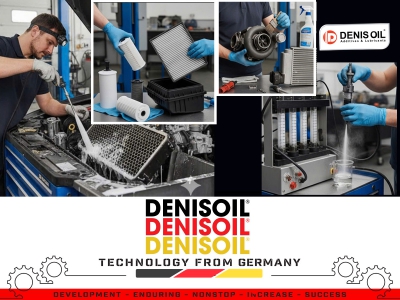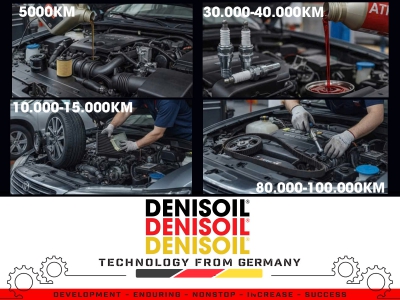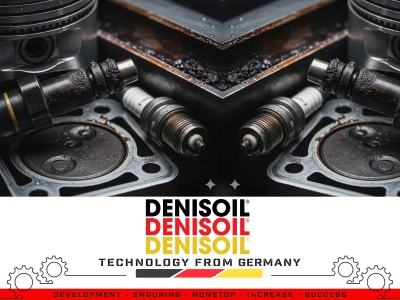HEAT TRANSFER OIL AND IMPORTANT CONSIDERATIONS IN USE
1. What is Heat Transfer Oil?
Heat Transfer Oil (also known as thermal oil, heating oil, heat medium oil, or thermal fluid) is a specialized industrial oil used in heat transfer systems.
Its composition typically includes 85% premium base oil combined with 15% specialized additives.
Key Features:
- High thermal conductivity – ensures uniform heating.
- Excellent thermal stability – reduces sludge formation, extends oil life.
- Stable viscosity & high flash point – safe during operation.
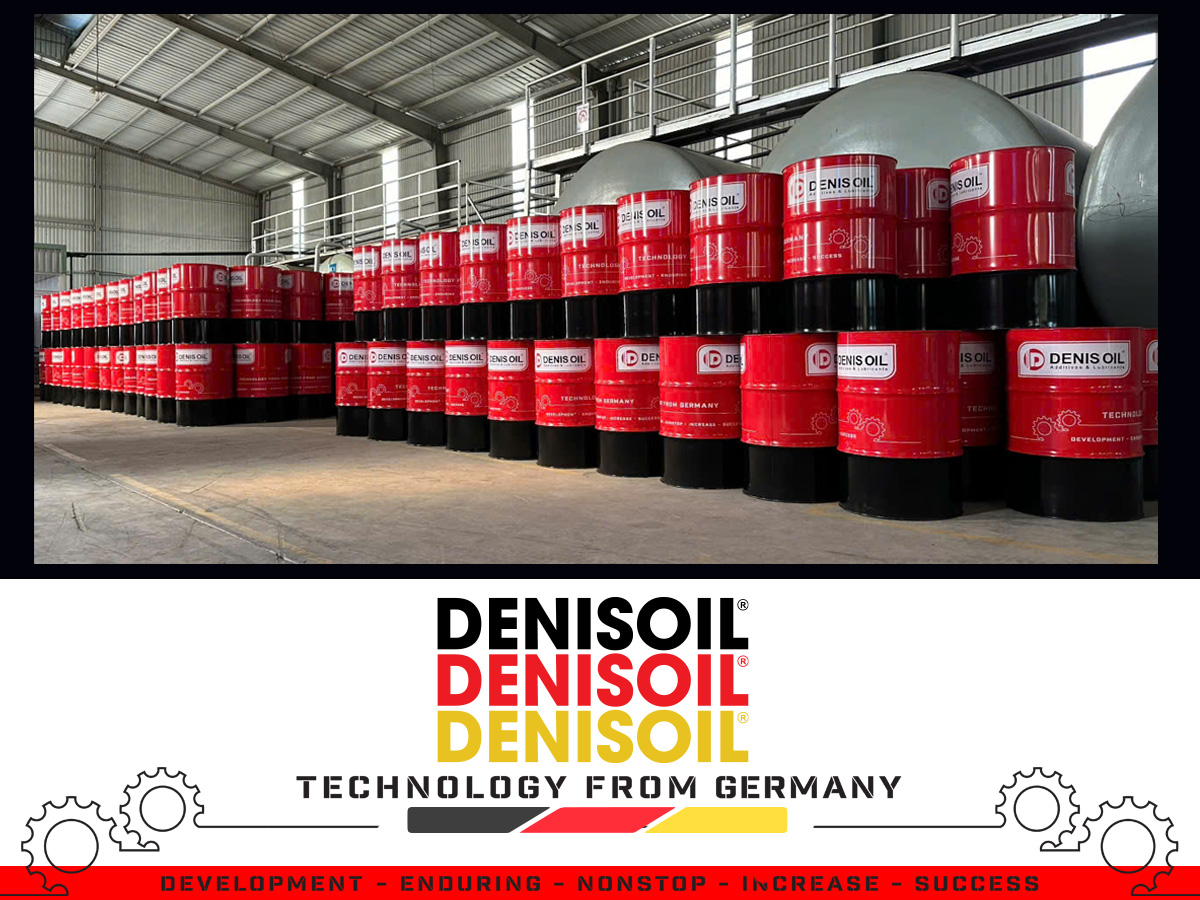
Heat transfer oils are widely applied in industries such as: paper, textiles, plastics, cement, food, chemicals, metallurgy, wood processing, asphalt production, and civil heating systems.

2. Functions of Heat Transfer Oil
- Transfer and regulate temperature in heating systems, dryers, boilers, reactors, and molds.
- Stabilize temperature and protect equipment – reduce risk of overheating, minimize breakdowns.
- Resist oxidation and carbon deposit formation – keep systems clean, extend equipment life.
- Save energy thanks to good fluidity and high heat transfer efficiency.
3. Types of Heat Transfer Oil
3.1. Mineral-based Heat Transfer Oil
- Composition: Refined paraffinic base oil + additives.
- Advantages: Cost-effective, widely used, >70% market share.
- Operating temperature: Continuous 280–300°C.
- Applications: Closed-loop heating systems in textiles, cement, paper, wood, plastics…
- Technical standards: ISO VG 32, ISO VG 100; ISO 6743-12 L-QC.
3.2. Synthetic Heat Transfer Oil
- Composition: Commonly derived from alkyl benzene, diesters, or polyalphaolefin (PAO).
- Advantages: Higher heat transfer coefficient, lower volatility, longer service life.
- Operating temperature: -20°C to 330°C (continuous).
- Applications: Closed-loop systems requiring high temperature and long-term stability.
4. Key Notes in Heat Transfer System Operation
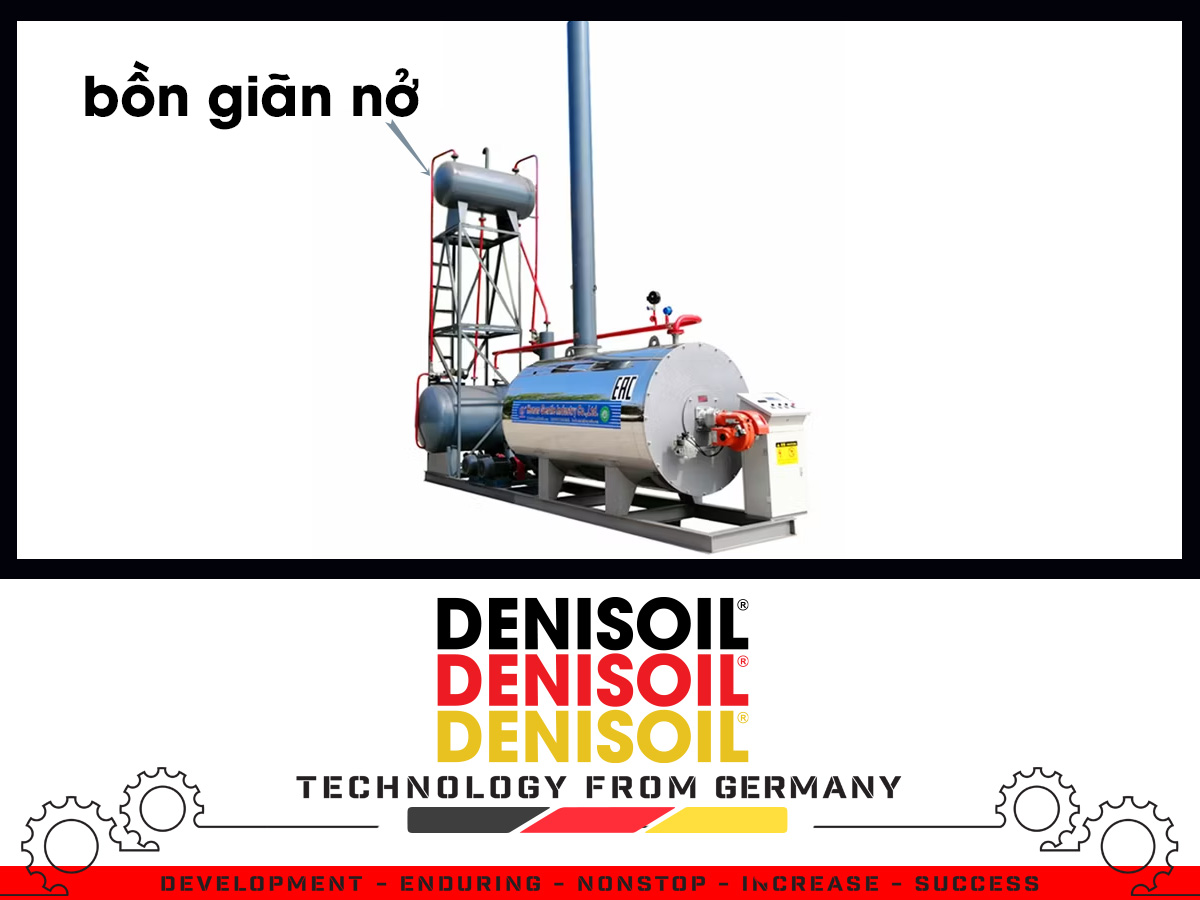
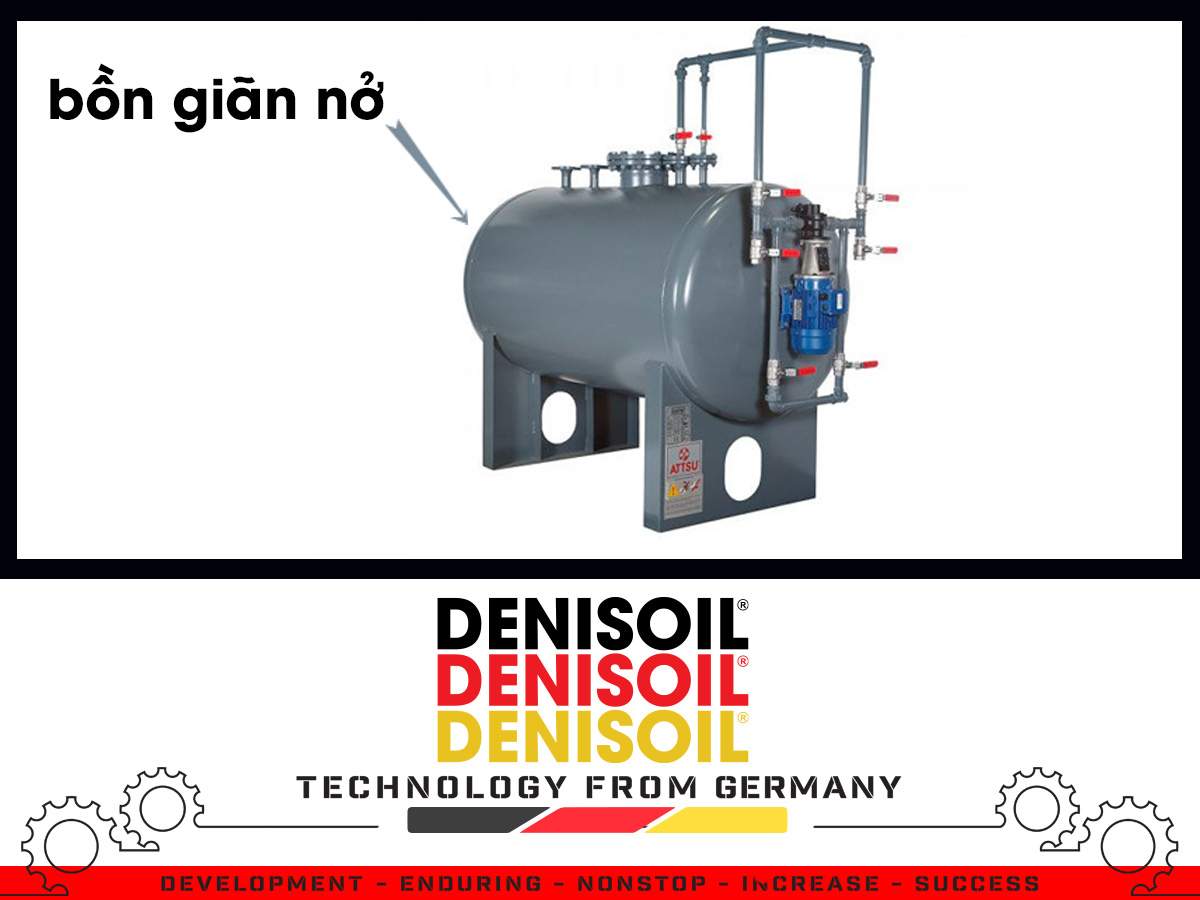
- Expansion tank installation: Must be at least 6 m above the highest point of the system; oil temperature at the tank < 53°C.
- Expansion tank capacity: Must accommodate ~25% oil volume expansion (from 5°C → 300°C).
- Pump capacity:
- < 300°C: oil velocity 1.5 – 3 m/s.
- 300°C: oil velocity > 3 m/s.
- Backup power supply: Generators required to avoid pump shutdown during power outage – preventing local overheating, oil degradation, or fire/explosion risk.
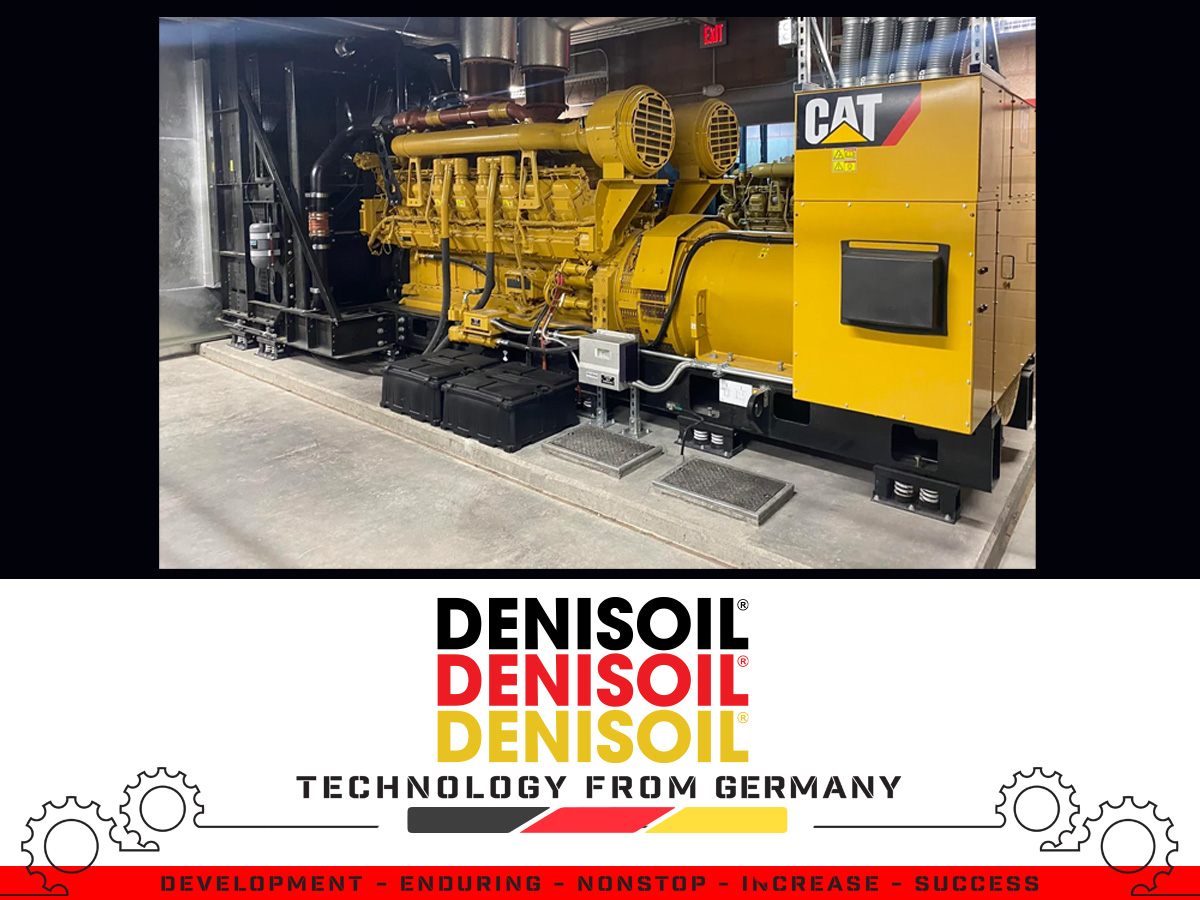
- Regular oil testing: Every 6 months – check viscosity, acid number (AN), flash point, insoluble residue.
5. Heat Transfer Oil Refilling (Top-up Oil)
During operation, oil loss or leakage may occur. Refilling must follow proper procedures:
- Check oil level in the expansion tank: Must remain between 1/3 – 1/2 of tank capacity.
- Select the same oil type and batch: Mixing different brands or viscosity grades may reduce performance.
- Refilling method:
- Filter oil before refilling.
- Refill from the lowest point of the system using a dedicated pump.
- Open air release valves to avoid air bubbles.
- Circulate oil for 1–2 hours to ensure homogeneity.
6. Safety Check for Oil Pressure & Pump Pressure
- Pipeline oil pressure:
- < 300°C: 2 – 4 bar.
- 300°C: > 4 bar to maintain oil velocity ≥ 3 m/s.
- Lower pressure → risk of local overheating, coke formation, and fire hazard.
- Circulation pump pressure:
- Must remain stable to ensure continuous flow.
- Industrial centrifugal pumps for heat transfer oil typically ≥ 2 bar.
- Pressure fluctuations → check filters, non-return valves, or cavitation.
- Safety measures:
- Install pressure gauges at pump inlet/outlet and main pipeline.
- Use pressure switches for alarms when pressure drops below safe limits.
- Stop the system immediately if abnormal pressure is detected and troubleshoot before restarting.
7. Standard Heat Transfer Oil Replacement Procedure
Step 1: System Cleaning
- Reduce oil temperature to ~60°C.
- Circulate flushing oil (5% volume) for ≥ 48 hours.
Step 2: Draining Used Oil
- Lower oil temperature < 100°C.
- Drain all oil from heaters, pipelines, tanks, and expansion tank.
- Blow with compressed air to remove deposits.
Step 3: Flushing the System
- Circulate flushing oil.
- Drain completely and blow clean with compressed air.
- Leak test with air ≤ 1.5 bar.
Step 4: Refilling New Oil
- Refill from the lowest point to avoid air entrainment.
- Fill to minimum expansion tank level, circulate for several hours.
- Add oil if needed, then start system operation.
8. Popular Heat Transfer Oil Products
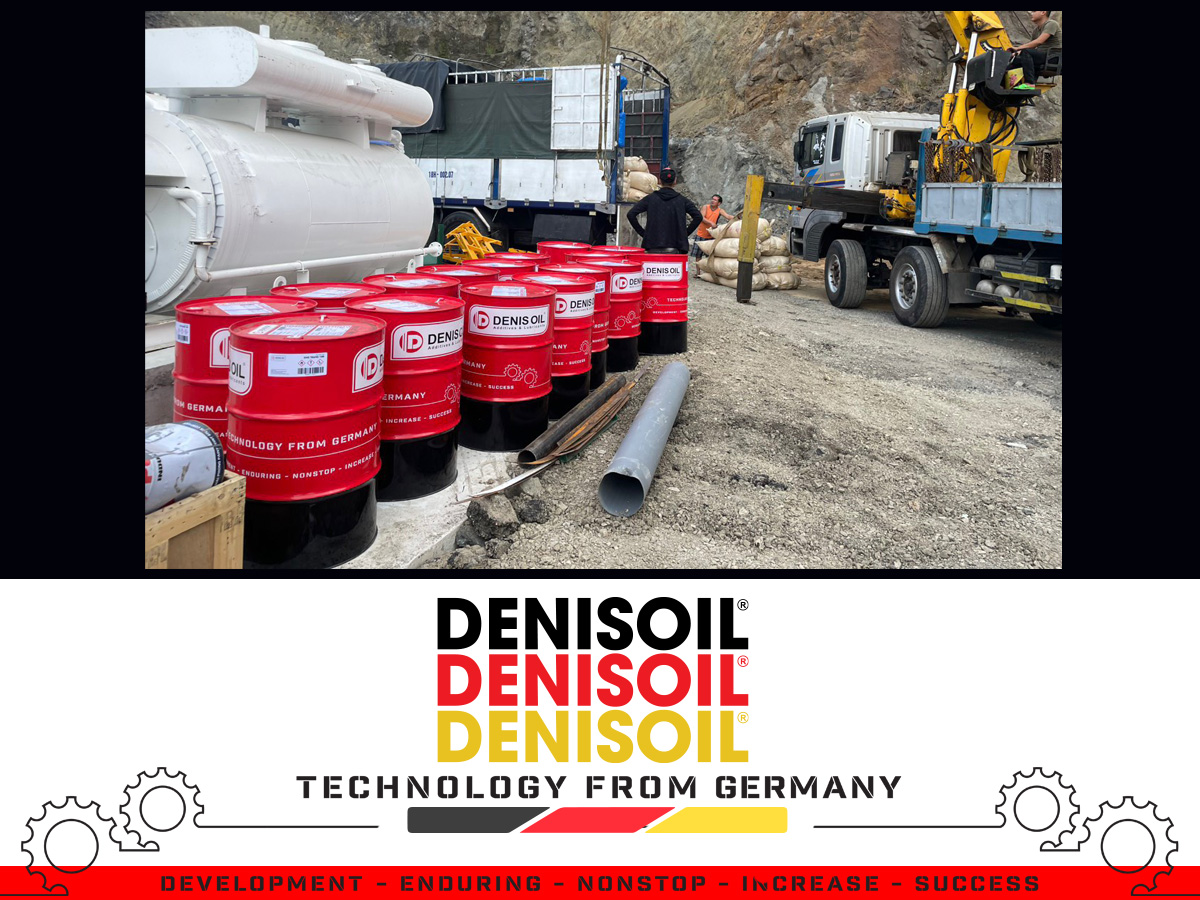
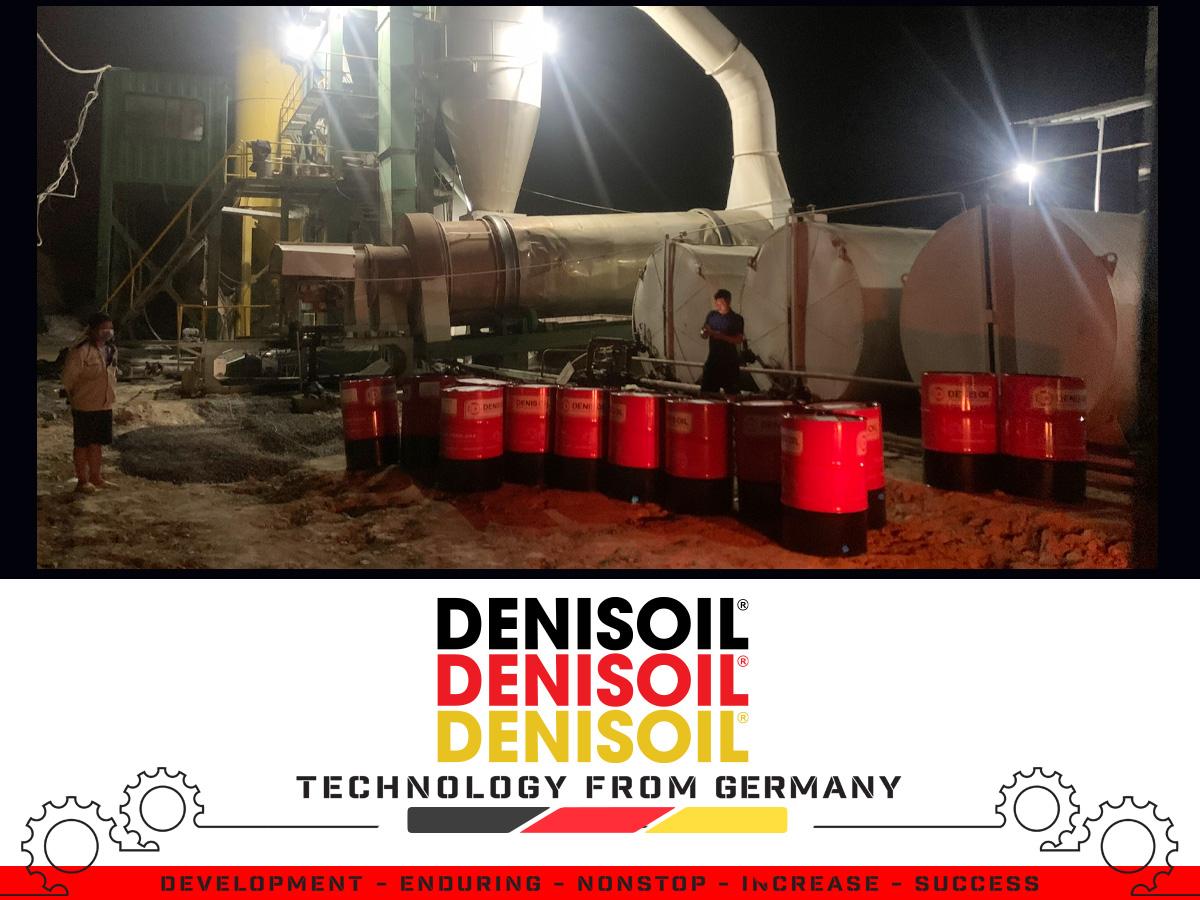
- DNS Trans 30 – premium refined mineral oil, high viscosity index, excellent thermal stability (Denis Oil).
- DNS Trans 100 – premium refined mineral oil, high viscosity index, excellent thermal stability (Denis Oil).
- Shell Heat Transfer Oil S2 – mineral-based thermal oil (Shell).
- Total Seriola 1510 – high-quality mineral thermal oil (Total).
- Others: Mobil Therm 605, Caltex Texatherm 46, Castrol Perfector HT5, PV Thermia K500.
9. Storage & Safety Guidelines
- Store below 60°C, avoid direct sunlight.
- Keep containers tightly sealed, upright, and free from water or contaminants.
- Waste oil must be disposed of according to regulations – never discharge into the environment.
10. Conclusion
Heat transfer oil plays a vital role in ensuring safe and efficient operation of heating systems.
Correct oil selection, proper handling, and timely replacement will help:
- Extend system service life
- Reduce operating costs
- Ensure production safety
For technical consultation & genuine heat transfer oil supply, please contact:
GODIVA IMPORT EXPORT CO., LTD
Address: K5, D3 Street, Buu Long Residential Area, Quarter 1, Buu Long Ward, Bien Hoa City, Dong Nai, Vietnam
Tax ID: 3603891859
Phone: 0935.365.286 – 0966.2345.18
Email: denisoilvietnam@gmail.com
 Tiếng Việt
Tiếng Việt
 Chinese
Chinese
 English
English











